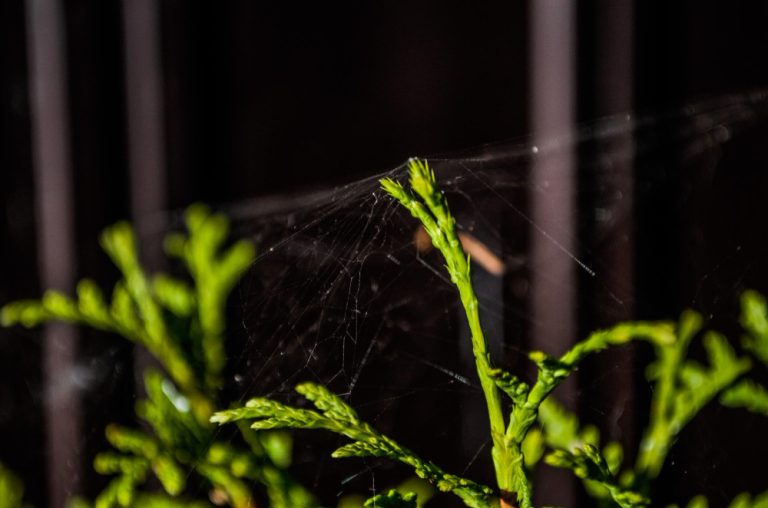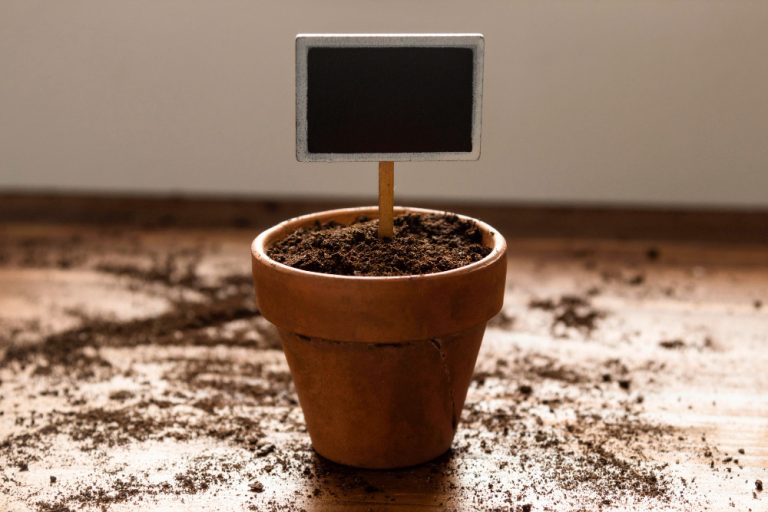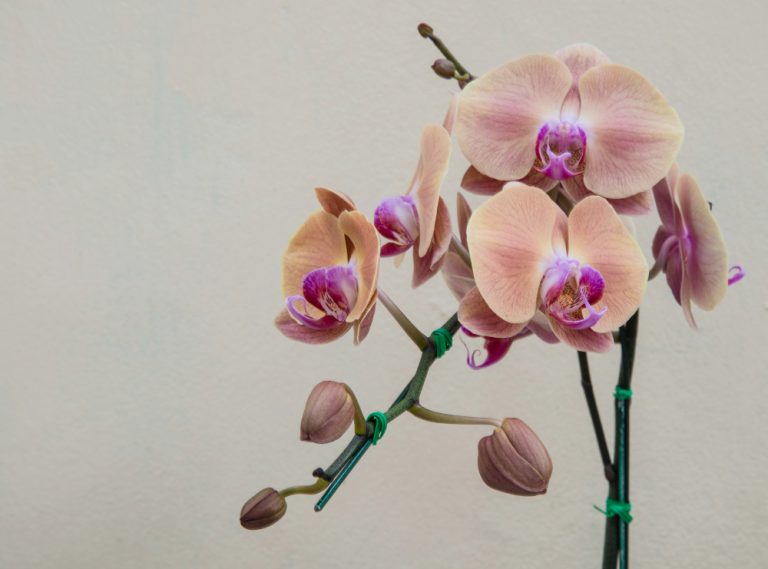The lily plant, with its elegant blooms and captivating fragrance, adds a touch of beauty and sophistication to any indoor space. Whether you’ve received a potted lily as a gift or decided to bring one home yourself, understanding the unique needs of these graceful plants is key to ensuring their health and longevity. Indoor lilies belong to the genus Lilium and encompass various species and hybrids, each with its own characteristics and care requirements. By familiarizing yourself with the basics of lily plant care, you can cultivate a thriving indoor garden and enjoy the beauty of these stunning flowers year-round.
Providing the Perfect Growing Conditions
When it comes to caring for indoor lily plants, providing the right amount of light and choosing the optimal location are essential considerations. Lilies thrive in bright, indirect light, making them well-suited for placement near a sunny window or in a room with plenty of natural light. However, direct sunlight can scorch their delicate foliage, so it’s crucial to shield them from intense afternoon sun. If natural light is limited, consider supplementing with artificial grow lights to ensure your lilies receive the illumination they need to flourish.
Maintaining Moisture Balance
Proper watering is crucial for the health and vitality of indoor lily plants, as they prefer consistently moist soil but can be prone to root rot if overwatered. When watering your lilies, aim to keep the soil evenly moist but not waterlogged. Allow the top inch of soil to dry out slightly between waterings, then water thoroughly, allowing excess water to drain away. Avoid letting water collect in the saucer beneath the pot, as this can lead to waterlogging and root suffocation. Additionally, use room-temperature water to avoid shocking the plant’s roots.
Fertilizing for Growth and Blooms
To promote healthy growth and abundant blooms, it’s essential to feed your indoor lily plant regularly during the growing season. Choose a balanced, water-soluble fertilizer formulated specifically for flowering plants and dilute it to half the recommended strength. Begin fertilizing your lilies in early spring as new growth emerges, then continue every two to four weeks throughout the growing season. As fall approaches and growth slows down, taper off fertilization to give the plant a rest during its dormant period. Be sure to follow the manufacturer’s instructions carefully to avoid over-fertilization, which can harm the plant.
Keeping Unwelcome Visitors at Bay
Despite their beauty, indoor lilies are susceptible to pests such as aphids, spider mites, and mealybugs, which can damage foliage and impede growth if left unchecked. Regular inspection is essential for detecting pests early and preventing infestations from taking hold. If you notice signs of pest activity, such as yellowing or distorted leaves, sticky residue, or tiny insects, take immediate action to address the problem. Depending on the severity of the infestation, you may be able to remove pests manually with a gentle spray of water or by wiping the leaves with a damp cloth. For more stubborn infestations, consider using organic insecticidal soap or neem oil to eradicate pests effectively.
Maintaining and Multiplying Your Lilies
Pruning is an essential aspect of lily plant care, helping to remove spent blooms, promote new growth, and maintain the plant’s shape and size. As flowers fade, snip them off at the base to encourage the plant to redirect its energy into producing new blooms. Additionally, remove any yellowing or damaged leaves to improve the plant’s appearance and prevent the spread of disease. If you’re interested in propagating your lilies, you can do so by dividing mature plants or by planting bulb offsets. Dividing lilies should be done in early spring or fall when the plant is dormant, while bulb offsets can be planted immediately after separating them from the parent bulb. With proper care and attention, your indoor lily plant can reward you with years of beauty and enjoyment, blooming season after season in your home.







